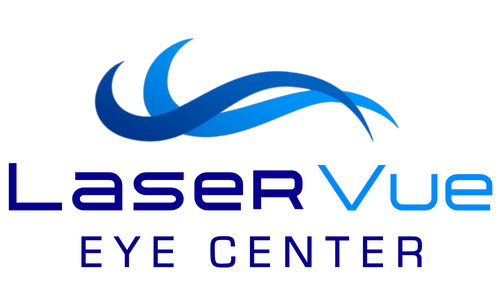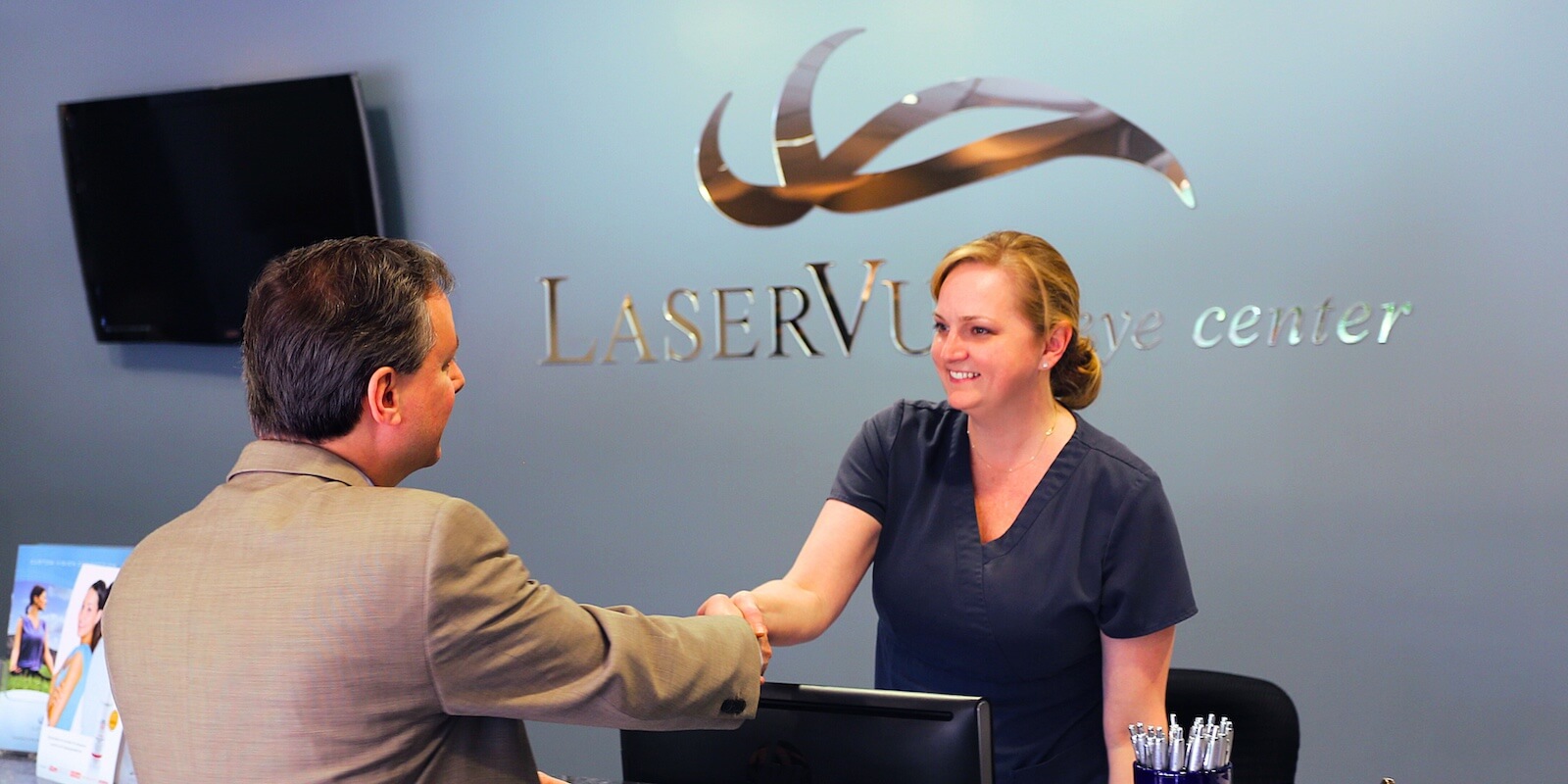Posted by: LaserVue LASIK & Cataract Center in Cataracts,LASIK,Post Op Care,SMILE

Aftercare Best Practices and How to Avoid Contamination
Almost every laser eye surgery procedure at your local eye center will include aftercare with a prescription for medicated eye drops or ointments from your ophthalmologist. This is an essential part of the aftercare process and the instructions for use should not be overlooked.
First, Your Doctor’s Staff Will Explain and Demonstrate
Upon giving you your prescription, your doctor’s staff will carefully explain the directions for how to administer the eye drops properly. The first thing to clarify is why you’re using these drops. Is it to reduce pain or inflammation? To avoid post-surgery concerns or complications? You will learn the reason why your aftercare is so important to your post-surgery success.
Your doctor’s staff will also make clear what you will experience when using these eye drops- whether you should expect a slight stinging sensation or if your vision might be a little blurry after instilling. This will make certain you have a clear expectation and no surprises during your aftercare.
You will then be given an in-office demonstration of how to instill the eye drops properly. Don’t be shy, and make sure to ask any and all questions you may have during this demonstration.
In addition to providing you with an oral instruction, you will be provided with detailed written instructions which clearly explain how to properly use your medication.
Instructions for Properly Instilling Your Eye Drops At Home

- While sitting, tilt your head back and look up at the ceiling
- After opening the eye drop bottle, hold the dropper over your eye
- Be careful to not touch the tip of the dropper with your fingertips or anything else
- Using a finger, gently pull down on your lower eyelid
- Place the dropper as close as you can to your eye without touching your eye, eyelid, eyelashes, or anything else. It is important to not touch the dropper to your eye in order to avoid contamination.
- Squeeze the dropper carefully so that you only release one drop of fluid into the lower pocket of your eyelid
- Release your lower eyelid and gently close your eye for 30 seconds
- This step is often overlooked but very important. By closing your eye, you are allowing the eye drop to be evenly distributed. Many inexperienced users will repeatedly blink their eye instead of closing after administering an eye drop. Doing this can cause the medication to leave your eye, defeating the entire purpose and hindering your aftercare.
- Unless instructed by your doctor, do not place more than one drop of solution in your eye. The cul-de-sac of your eye can actually only contain about 1/6 of a drop, so using anything more than one drop is simply a waste of medication.
- Firmly return the cap and close the bottle immediately after use.
Proper Use of Eye Drops and Common Sense Hygiene is the Key to Avoiding Contamination After Laser Eye Surgery
It should come as no surprise that good hygiene is key to avoiding contamination. Make sure to thoroughly wash your hands with an antimicrobial soap before administering eye drops.
By practicing proper hygiene and following your doctor’s aftercare instructions to a ‘T’, you are increasing your likelihood of avoiding contamination. Contamination of eye drops is primarily caused by bacterial growth. Your eye drops contain some preservatives to prevent bacterial growth but cannot protect against every bacterial organism.
If you believe your eye drops may have become contaminated due to an error on your part, call your doctor to err on the side of caution. You may need to throw out the contaminated drops, but should make sure you will be able to continue your aftercare.
Have More Questions?
The team at LaserVue Eye Center is happy to answer and all questions you may have about aftercare. If you need additional instruction on how to use your eye drops, please do not be afraid to reach out. Proper aftercare is key to the best visual recovery possible.


